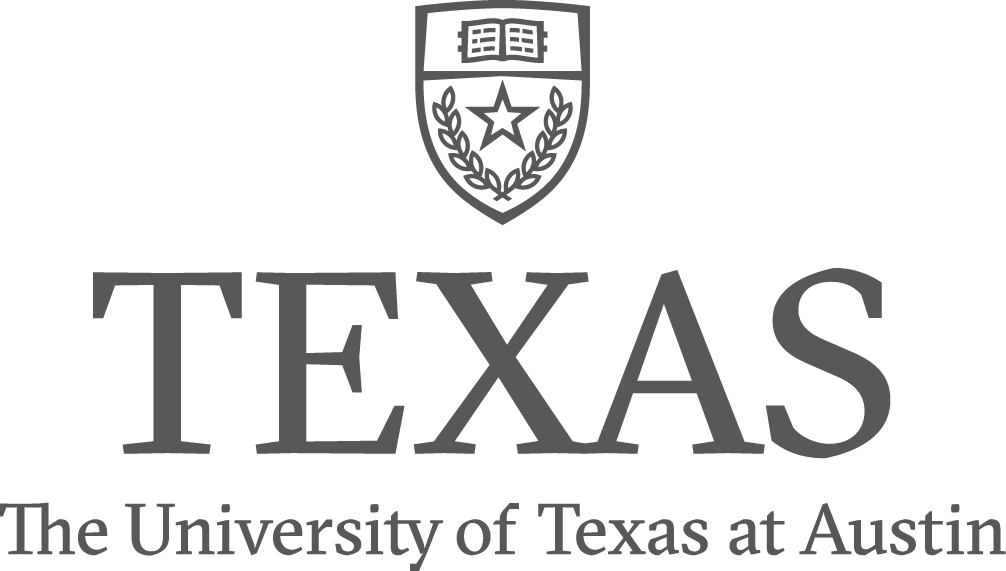Stohl LL, Lambowitz AM.
A colony filter-hybridization procedure for the filamentous fungus Neurospora crassa. Anal Biochem. 134 (1) :82-5.
AbstractA colony filter-hybridization procedure for the filamentous fungus Neurospora crassa has been developed. The procedure is sensitive enough to detect Escherichia coli plasmid pBR322 DNA integrated into chromosomal DNA in a Neurospora transformant. Thus, it should facilitate the isolation of nuclear genes by plasmid-rescue procedures.
Stohl LL, Lambowitz AM.
Construction of a shuttle vector for the filamentous fungus Neurospora crassa. Proc Natl Acad Sci U S A. 80 (4) :1058-62.
AbstractWe have constructed a recombinant plasmid, pALS-1, that replicates autonomously in both Neurospora and Escherichia coli. pALS-1 consists of the mitochondrial plasmid from Neurospora strain P405-Labelle, the Neurospora qa-2+ gene, and E. coli plasmid pBR325. pALS-1 transforms the Neurospora qa-2+ gene at frequencies 5- to 10-fold higher than those for plasmids that transform mainly by integration. When E. coli was transformed with DNA from Neurospora transformants, we recovered not only pALS-1 but also a smaller plasmid, pALS-2, which had undergone deletion of most and possibly all Labelle sequences, and the immediately flanking sequences in pBR325. pALS-2 also appears to replicate autonomously in Neurospora, but less efficiently than does pALS-1. Southern blots show that free pALS-1 and pALS-2 are present in nuclear and cytosolic (supernatant from high-speed centrifugation) fractions of Neurospora transformants and that small, variable proportions of the plasmids also can be detected in mitochondria. pALS-1 and pALS-2 constitute putative shuttle vectors for Neurospora.
Nargang FE, Bell JB, Stohl LL, Lambowitz AM.
A family of repetitive palindromic sequences found in Neurospora mitochondrial DNA is also found in a mitochondrial plasmid DNA. J Biol Chem. 258 (7) :4257-60.
AbstractNeurospora mtDNA contains a repetitive, 18 nucleotide palindromic sequence (5'-CCCTGCAGTACTGCAGGG-3') that contains two closely spaced PstI sites (CTGCAG) in the arms of the palindrome (Yin, S., Heckman, J., and RajBhandary, U. L. (1981) Cell 26, 325-332). In the present study, DNA sequence analysis was carried out to determine whether PstI palindromes are present in an apparently distinct genetic element, the 3.6-kilobase mitochondrial plasmid from Neurospora crassa strain Mauriceville-1c (FGSC 2225). The plasmid contains a cluster of closely spaced PstI sites extending over a 0.4-kilobase region (Collins, R. A., Stohl, L. L., Cole, M. D., and Lambowitz, A. M. (1981) Cell 24, 443-452). The DNA sequence shows that the cluster consists of eight PstI sites organized in five palindromic elements. Two of the elements are identical with the canonical sequence found in mtDNA, whereas the remaining three elements differ from the canonical sequence by a few nucleotides. The occurrence of the PstI palindromes in two otherwise unrelated DNA species is consistent with the hypothesis that they are related to mobile DNA sequences that either propagate or were once capable of propagating within mitochondria.
